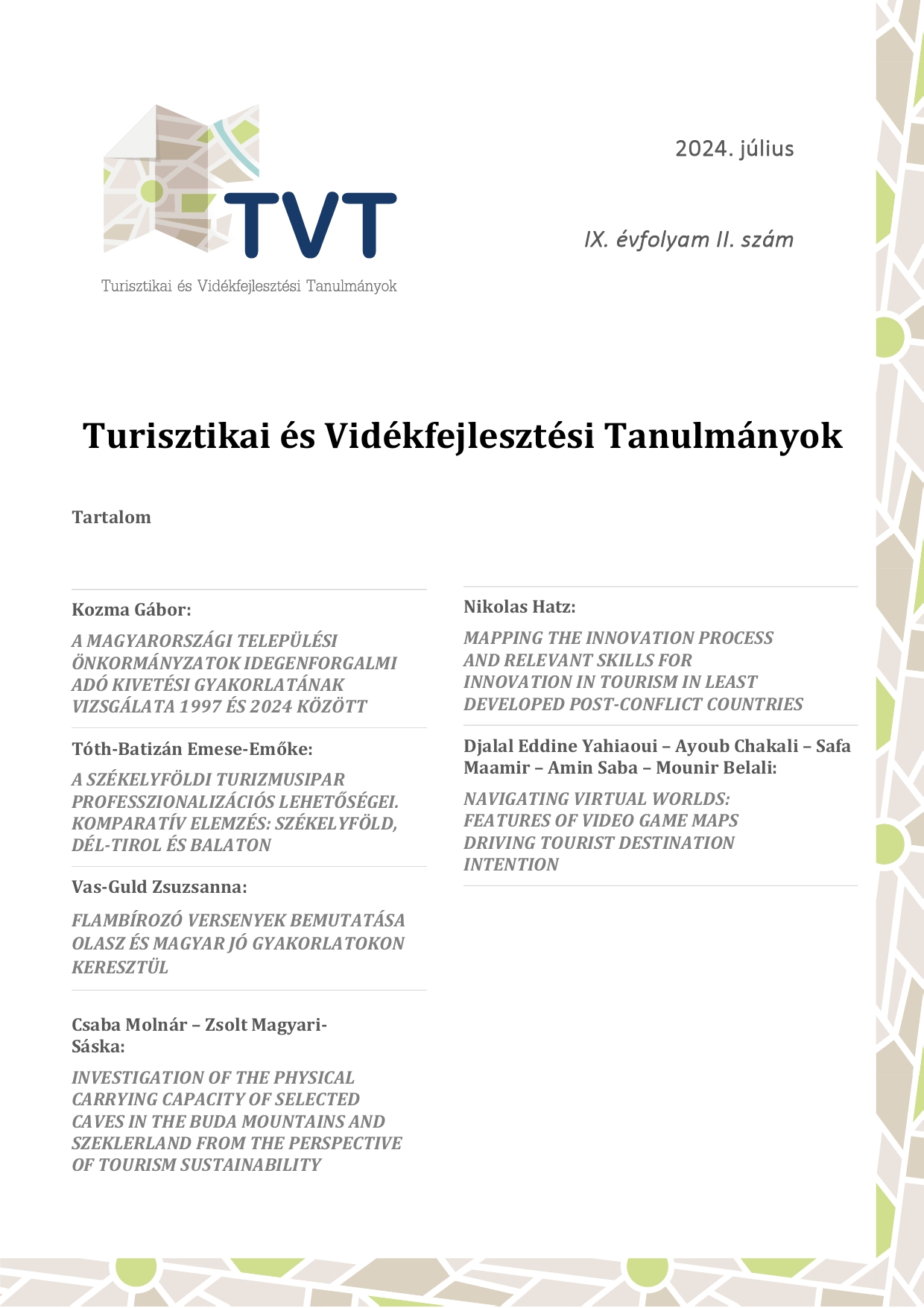Examining the tourist tax levying practices of Hungarian municipalities between 1997 and 2024
DOI:
https://doi.org/10.15170/TVT.2024.09.02.01Keywords:
tourism tax, number of inhabitants, local governments, tourist regionAbstract
The aim of the study is to examine the activities of municipalities in the case of tourist taxes, which are one of the last elements of the financial independence of local governments in Hungary. It investigates what factors determine the tax levying practices of municipalities (whether they levy the given type of tax and what tax rate they apply) and how they reacted to the situation after the coronavirus epidemic. The main findings can be summarised as follows: since the middle of the 1990s, the number of municipalities levying tourist taxes has increased significantly, at a rate above the average, which has also been observed in the post-epidemic period. In terms of the tax rate, the tourist tax had the highest tax burden after local business tax, which can be explained by the fact that this type of local tax was not imposed on the local population. Two factors that determine taxation practices can be highlighted: the number of inhabitants of settlements and their classification in terms of tourism.


